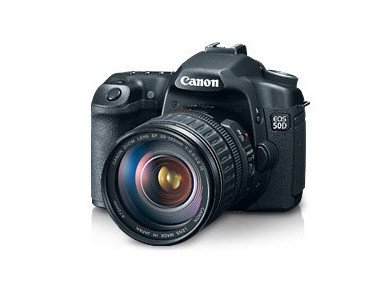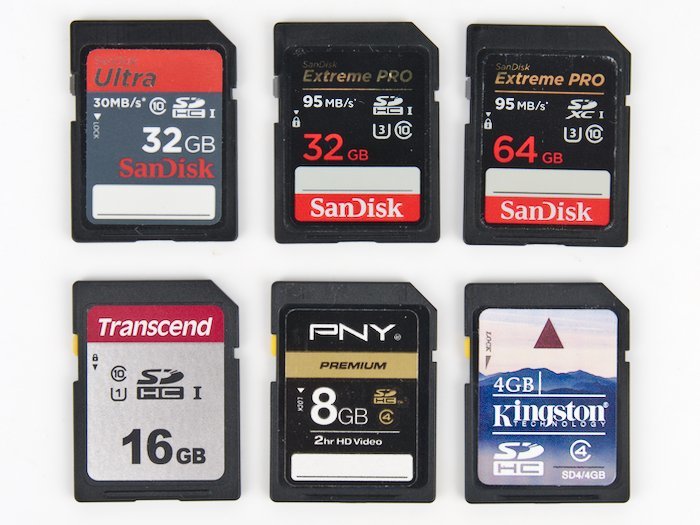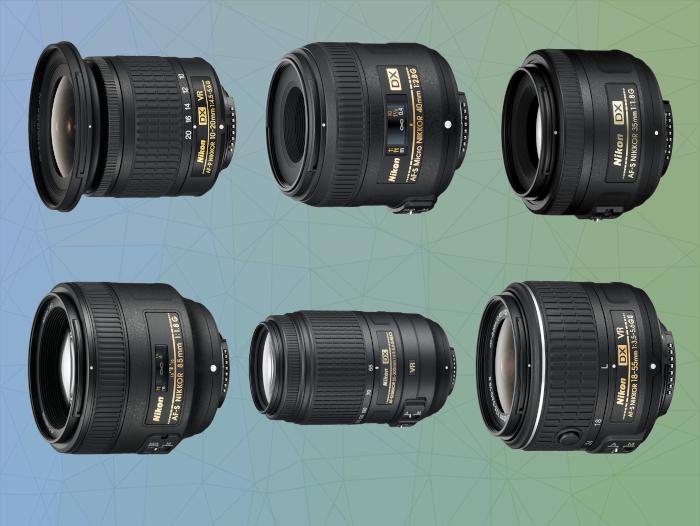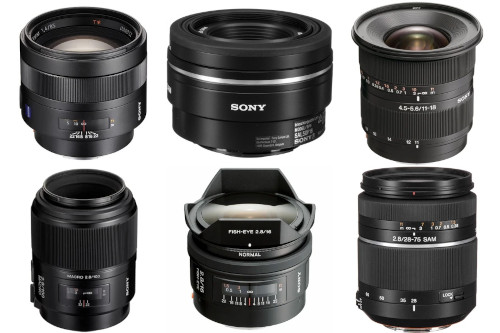
The 6 Best Lenses for the Sony A500
- Nathaniel Stephan
- Sony a500
- April 10, 2020
Table of Contents
The Sony A500 is a fantastic SLT camera. If you don’t already own a lens for your camera or are searching for another lens, this page will talk about the best 6 lenses to use with the Sony SLT-A500.
Affiliate Advertising Disclosure
Outside the Shot is a participant in the Amazon Services LLC Associates Program, an affiliate advertising program designed to provide a means for sites to earn advertising fees by advertising and linking to Amazon.com.
As an eBay Partner, I may be compensated if you make a purchase. I also participate in affiliate advertising programs with KEH and Adorama. More can be found on the Affiliate Disclosure page.
Standard Primes
Sony 50mm f/1.8 SAM DT
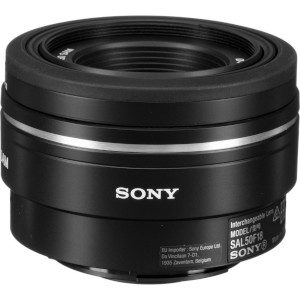
- Outstanding optics.
- Small and light weight.
- Can be difficult to find new.
- Smooth Autofocus Motor (SAM)
- Circular aperture.
See current price and more information on:
The perfect combo of very compact size and minimal weight. Quiet and fast autofocus is powered by a built-in autofocus motor..
The rounded aperture blades allow you to close down by 2-stops and keep close to a completely circular aperture. This provides spectacular bokeh and greater versatility in controlling your depth of field.
Minolta Maxxum AF 50mm f/1.7
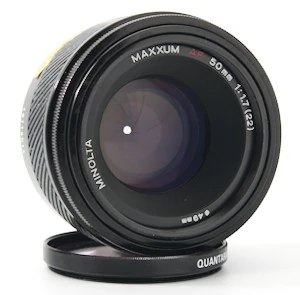
- Built-in lens hood.
- Amazing value.
- Light and compact.
- Widely available used.
- Coupled autofocus.
See current price and more information on:
This is one of the first lenses from the launch of the A-mount. Due to how old the lens is, the autofocus is done by a motor built into the A500.
Coupled autofocus can be jerky and noticeably noisy. On the other hand, if that is not a problem for you the results are excellent. {The bokeh is attractive and you will end up getting a classic image rendering|You will end up getting a classic look to your images and pleasant bokeh.
One more significant benefit of this lens is the price. It’s noticeably less expensive when compared to the Sony 50mm f/1.8 and on top of that might possibly be the least expensive lens on the list.
Sony 50mm f/1.4
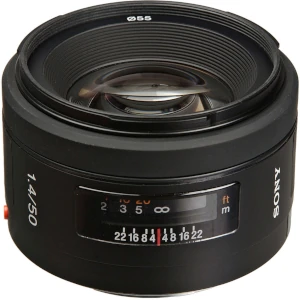
- Outstanding optics.
- Optical multi-coatings.
- Circular aperture.
- 55mm filter threads.
See current price and more information on:
A bit faster than the Minolta or Sony f/1.8, yet that can certainly make a difference when you’re taking pictures without much light. That as expected comes at a larger expense.
It is still a light and small lens that balances comfortably on the A500 and will fit into nearly any kind of camera bag.
A less expensive solution is the Minolta AF 50mm f/1.4. Keep in mind that copies can be difficult to get a hold of in usable condition. The lens also as designed with coupled autofocus, which is slower and louder than lenses featuring built-in autofocus motors}.
Portrait & Telephoto Lens
Sony 85mm f/1.4 ZA
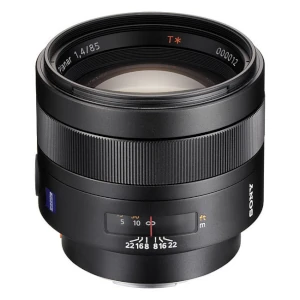
- Incredible bokeh.
- Excellent value used.
- T* coating to reduce flare and increase contrast.
- Astonishingly sharp wide open.
See current price and more information on:
Sony pulled out all the stops with this lens. Zeiss produced this lens. The ZA (Zeiss Alpha) indicates that Zeiss designed the lens exclusively for the Sony A-mount.
This is an awesome lens. Corner-to-corner sharpness with vibrant color that creates extraordinary portrait photos.
Potential downsides are that it is a bit heavy on account of being built like a tank and it can feel slow to autofocus at times. Be aware, that you’ll run into those same problems with any 85mm f/1.4 lens.
Minolta Maxxum AF 85mm f/1.4
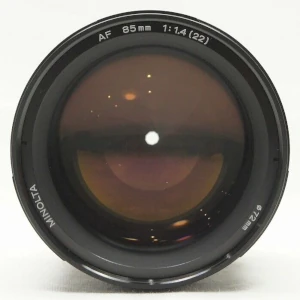
- Possible to find a good used deal.
- Superb image quality.
- Uses autofocus coupler.
- Double-Gauss design.
See current price and more information on:
The lens falls in the middle of the price range of the other two lenses. Getting a used lens in usable condition will likely be tough on account of a small available supply.
Despite the fact that the lens is capable of autofocus, it’s powered by the in-body motor that employs a mechanical coupler. This makes it slow to autofocus and relatively loud.
A Double-Gauss design is older and contains 6 elements. That is not a negative as the lens gives a unique appearance that can’t be produced using a contemporary lens.
Sony A500 Zoom Lenses
Sony 28-75mm f/2.8
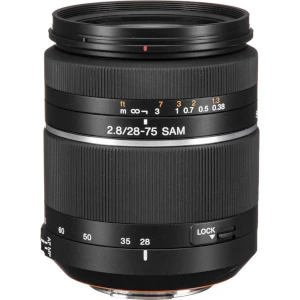
- Very usable zoom range.
- Great value used.
- Constant aperture.
- Smooth Autofocus Motor (SAM).
See current price and more information on:
A fast zoom lens that is great for night events, travel, indoor shooting, and family photos. The autofocus is quiet and the lens is well crafted.
The lens often gets compared to the legendary Zeiss 24-70mm, but it’s about half the weight and less expensive. Both create professional results.
Sony 55-200mm f/4-5.6 SAM DT
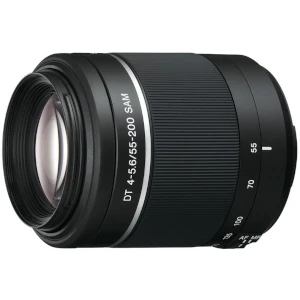
- Telephoto zoom range.
- Great for portrait or wildlife photography.
- Smooth Autofocus Motor (SAM).
- Inexpensive.
See current price and more information on:
A lower cost alternative that can still produce outstanding results. It’s not a pro lens, so as long as you do not require all the bells and whistles, it is an excellent lens.
For a telephoto zoom, it has an outstanding zoom range for capturing pictures of wildlife, sports, and children outdoors.
The autofocus is quick and it renders razor-sharp photos. The barrel of the lens is made of plastic, which helps with eliminating weight.
Sony 75-300mm f/4.5-5.6
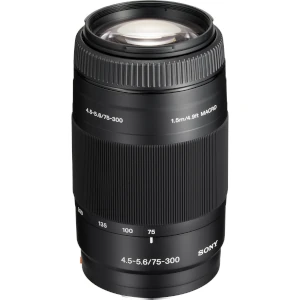
- Super telephoto zoom lens.
- Great for portrait or wildlife photography.
- 2.81 inches in diameter and 4.81 inches long.
- 55mm filter threads.
See current price and more information on:
This meets the criteria of a borderline super-telephoto lens due to the zoom range. It is a fantastic low-cost solution for any time you need a long lens.
It’s only 2.8 inches (7.1 cm) in diameter, 4.8 inches (12.2 cm) long, and is 1 pound 2 ounces (510g). While that is not by any means light, many pro zooms are many times heavier.
For just a little improved results look for the Sony 70-300mm f/4.5-5.6 SSM ED G-Series, however assume you’ll have to spend about twice as much.
Wide Angle Lens
Sony DT 11-18mm f/4.5-5.6
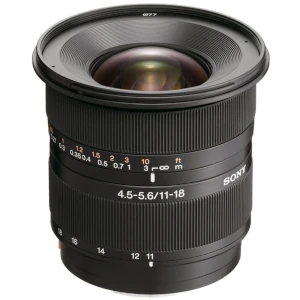
- Has a aspherical lens elements.
- Optical multi-coatings.
- Great value when purchased used.
- Circular aperture.
See current price and more information on:
Great value for the money if you want to be able to take terrific wide photos that a kit zoom can’t take. Distortion, especially of straight vertical lines is minor or non-existent unless you’re intentionally trying to create an exaggerated perspective.
In addition to being very good at taking gorgeous landscapes, it is a superb lens to travel with. The lens is wide enough so when you come across something you’ll be able to get everything in frame.
Sony 20mm f/2.8
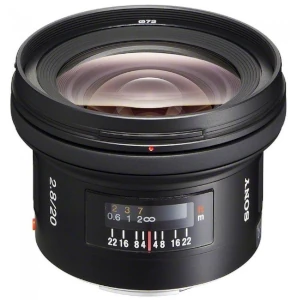
- Great for landscapes and architecture.
- Coated optics for clarity and definition.
- Rear focusing system for fast autofocus response.
- 72mm filter threads.
See current price and more information on:
It’s well-corrected and does a good job of minimizing lens distortion. On top of that, a large amount of energy has been done to minimize internal reflections and flare.
The result is an impressive lens that is well suited for landscape, astrophotography, and architecture photography. The rear focusing system means the front isn’t going to rotate meaning you won’t have any troubles using a circular polarizer or different filter.
Tokina AT-X 11-16mm f/2.8 DX II
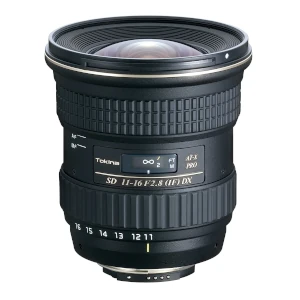
- Wide angle zoom lens.
- Hardened Alumite finish.
- Advanced optical coatings.
- All metallic moving parts.
- Designed for APS-C Sensors.
See current price and more information on:
It does not have extremely fast autofocus, but the focus clutch means it’s an ideal option for manual focusing. A push or pull of the focus ring will switch the lens from MF to AF or vice versa.
The Tokina has a larger aperture compared to the Sony 11-18mm, which is definitely not a huge deal for landscape or architecture photos. Where you’ll observe a difference is during astrophotography. That’s a situation where you’ll want to have the 1-to-2 stop advantage the Tokina offers.
Fisheye
Sony 16mm f/2.8 Fisheye
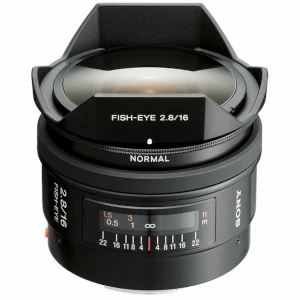
- Sharp corner-to-corner.
- 4 built-in filters: Normal, 056, B12, A12.
- 8 inch minimum focus distance.
- Aspherical and Extra-low Dispersion elements.
See current price and more information on:
Having built-in filters is a very good addition because the lens has a fixed petal-style hood which means a lens filter cannot be put on the front of the lens.
- 056 - Accented contrast for black and white photos.
- B12 - Correct color by eliminating red tones.
- A12 - Correct color by eliminating blue tones.
This lens has everything you could require from a fisheye. You can obtain the exaggerated distortion, but the image will remain razor-sharp from corner-to-corner without vignetting.
Rokinon 8mm f/3.5 Fisheye
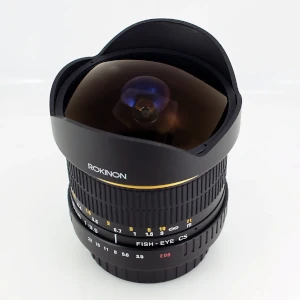
- Internal focus.
- 180 degree angle of view.
- Manual focus.
- Minimum focusing distance of 12 inches (0.3m).
- Designed for APS-C sensors.
See current price and more information on:
The lens features a round front that means lens filters cannot be used. It comes with a removable petal-shaped lens hood that you will want to make sure that it is included if you opt for a pre-owned copy.
Quality can be hit or miss as a result of the affordable price. Almost all buyers are very pleased with the pictures they get. You will nevertheless want to adequately test the lens when you get it to ensure the lens isn’t a bad copy.
Macro Lens
Sony 100mm f/2.8 Macro
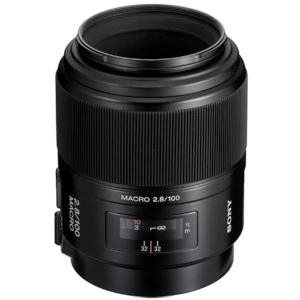
- 9 aperture blades.
- Focus range limiter.
- High contrast and resolution.
- 55mm filter threads.
See current price and more information on:
A perfect balance of working distance, size, and cost for the Sony A500. The autofocus is a bit loud, but for taking macro photos, manual focus is easier than using AF.
For the optimal photos at 1:1 magnification the lens ought to be stopped down by 2 or more stops. By doing that you will have a larger depth of field, which is important for macro photography.
Sony 50mm f/2.8 Macro
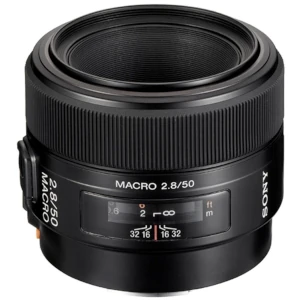
- 10.4 ounces (295g).
- Focus range limiter.
- Focus Hold button for full creative control.
- 55mm filter threads.
See current price and more information on:
The 50mm focal length isn’t the best for 1x magnification on account of the limited working distance. At 1:1 magnification, the front of the lens will need to be about 2 inches (5 cm) from the subject.
This lens does well at close-up, tabletop, and copy work. It helps you to get closer to a subject than a standard 50mm lens, and that’s good for nature photography when you want to fill the camera frame with a tiny subject, for example a flower.
Tamron AF 90mm f/2.8 Di SP A/M 1:1 Macro
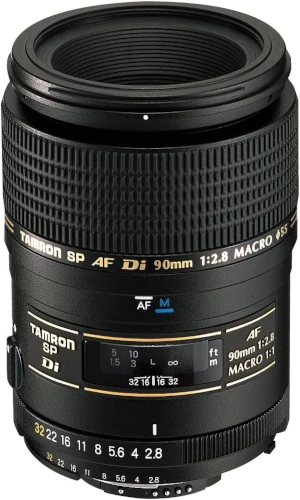
- Available in a variety of camera mounts.
- Improved resolution, chromatic correction, and optical coatings.
- Super Performance (SP)
- Focus clutch to switch between AF & MF.
See current price and more information on:
The focus ring feels great when manually focusing, and it also has autofocus. Stopped down a couple of stops and you will get sharp photos.
Additionally, be mindful when buying the lens as it is manufactured in a number of camera lens mounts.
Used A-Mount Camera Lens Prices
Pricing is regularly in flux. Over the past handful of years, participation in film shooting has been climbing. As there are Minolta 35mm cameras that use A-mount lenses, some upward pressure is placed on the price of lenses.
The A-mount also doesn’t have a large market share. Consequently, fewer third party choices exist and the lenses built by Sony are very often on backorder.
To get the lowest price on what you want to buy, check several sites. For pre-owned lenses, be prepared to pay for when you come across a bargain as they tend not to be available for very long.
What Lens Mount Does the A500 Use?
The Sony A500 uses the Sony A-mount. It’s also identical to the Minolta A-mount. This is due to Sony purchasing Konica Minolta’s camera division in 2006.
Minolta created the A-mount for the release of interchangeable lens cameras with autofocus in 1985. It’s still Supported by Sony.
Standard Lens Cap Size
55mm filter threads are the most common, but honestly the filter sizes are inconsistent. Earlier Minolta lenses have 49mm filter threads.
There are a number of lenses that have filter threads much bigger than 55mm. It is not rare to see 72mm or 77mm filter threads. It would’ve been nice if Sony lenses needed only 2 or 3 different filter thread sizes.
